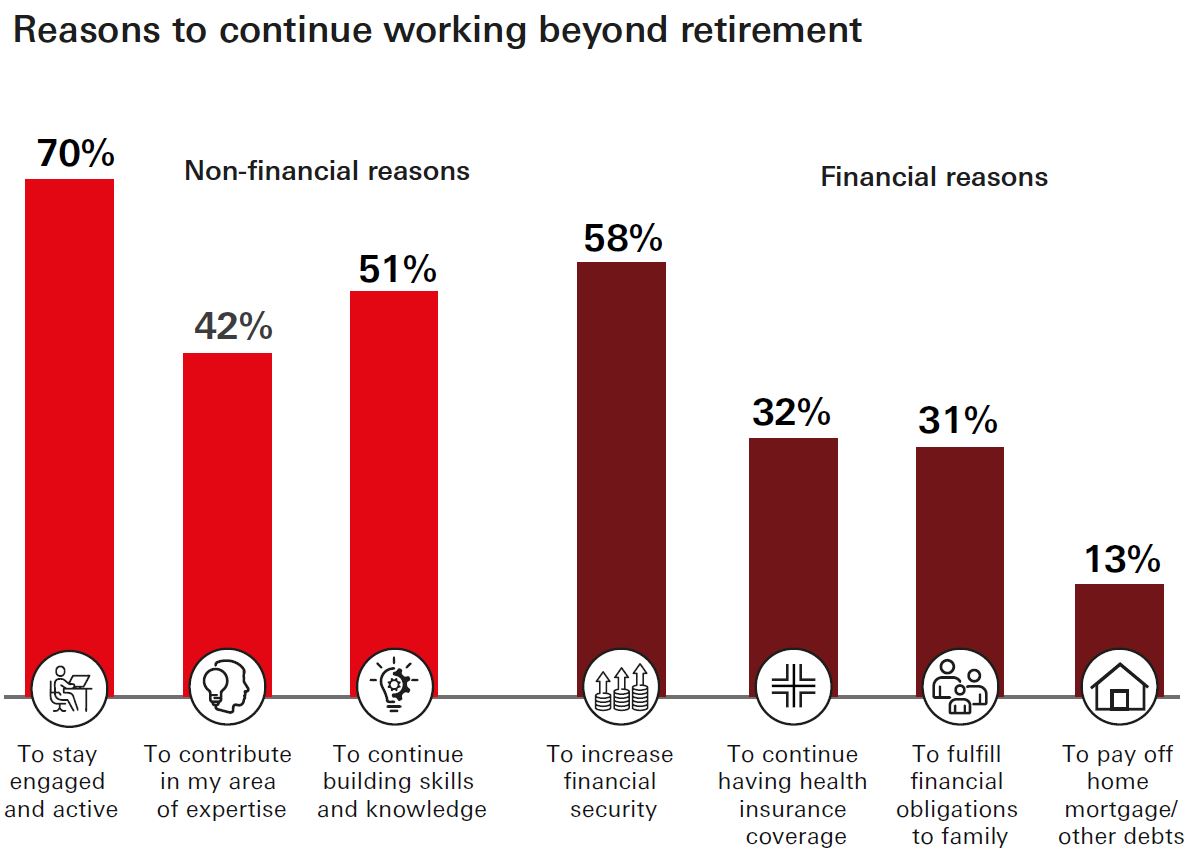"Unlocking Financial Freedom: The Comprehensive Guide to Student Loan Forgiveness"
#### Introduction to Student Loan ForgivenessStudent loan forgiveness is a crucial financial relief option for many graduates burdened with educational debt……
#### Introduction to Student Loan Forgiveness
Student loan forgiveness is a crucial financial relief option for many graduates burdened with educational debt. It refers to the cancellation of a borrower's obligation to repay some or all of their student loans. This program aims to alleviate the financial strain that often accompanies higher education, allowing individuals to pursue their careers without the heavy weight of debt.
#### Understanding the Different Types of Student Loan Forgiveness
There are several programs available that offer student loan forgiveness. The most common types include:
1. **Public Service Loan Forgiveness (PSLF)**: This program is designed for borrowers who work in public service jobs. After making 120 qualifying payments while working full-time for a qualifying employer, borrowers may have the remaining balance of their Direct Loans forgiven.
2. **Teacher Loan Forgiveness**: Teachers who work in low-income schools or educational service agencies may qualify for forgiveness of up to $17,500 on their Direct Loans after five consecutive years of service.
3. **Income-Driven Repayment (IDR) Forgiveness**: Borrowers enrolled in IDR plans may have their loans forgiven after 20 or 25 years of qualifying payments, depending on the plan.
4. **State-Specific Forgiveness Programs**: Many states offer their own loan forgiveness programs, often targeting specific professions such as nursing, law, or social work.
#### Eligibility Requirements for Student Loan Forgiveness

To qualify for student loan forgiveness, borrowers must meet certain eligibility criteria. These can vary depending on the specific program but generally include:
- **Loan Type**: Only federal student loans are eligible for most forgiveness programs. Private loans do not qualify.
- **Employment Status**: Many forgiveness options require borrowers to work in specific fields or for qualifying employers.
- **Payment History**: Borrowers must have made a certain number of qualifying payments to be eligible for forgiveness.
#### The Application Process for Student Loan Forgiveness
Applying for student loan forgiveness can be a detailed process. Here are the general steps involved:

1. **Research**: Determine which forgiveness program you may qualify for based on your job, loan type, and payment history.
2. **Gather Documentation**: Collect necessary documents, such as proof of employment, loan statements, and payment history.
3. **Submit Application**: Complete the required forms for the chosen forgiveness program. For PSLF, this includes the Employment Certification Form.
4. **Follow Up**: After submission, monitor the status of your application and ensure that your payments are correctly counted.
#### Common Challenges in the Student Loan Forgiveness Process
While student loan forgiveness offers significant benefits, borrowers may encounter challenges, such as:

- **Complex Requirements**: Each program has specific eligibility requirements that can be confusing.
- **Documentation Issues**: Missing or incorrect documentation can delay the application process.
- **Changing Regulations**: Policies regarding student loan forgiveness can change, impacting eligibility and application procedures.
#### Conclusion: The Importance of Student Loan Forgiveness
Student loan forgiveness is a vital tool for many individuals seeking to navigate the burden of educational debt. By understanding the various programs available and the eligibility requirements, borrowers can take proactive steps towards financial freedom. As the landscape of student loans continues to evolve, staying informed about changes in forgiveness options is essential for all borrowers. Whether you're a recent graduate or someone who has been repaying loans for years, exploring student loan forgiveness could be the key to a brighter financial future.